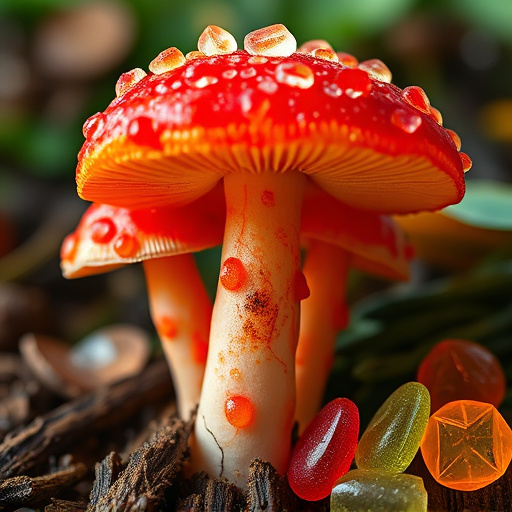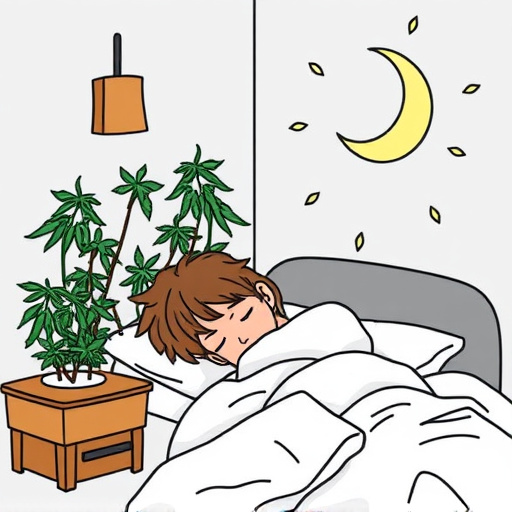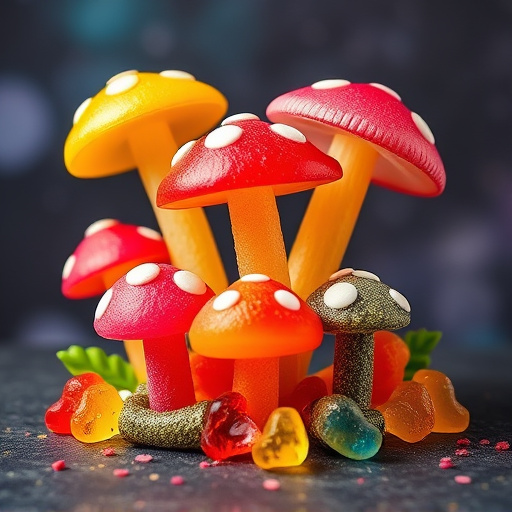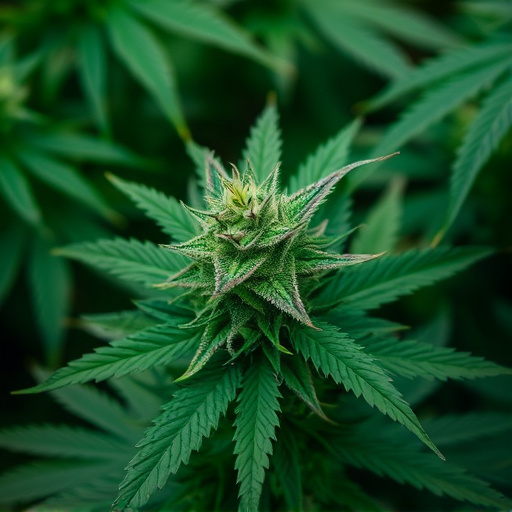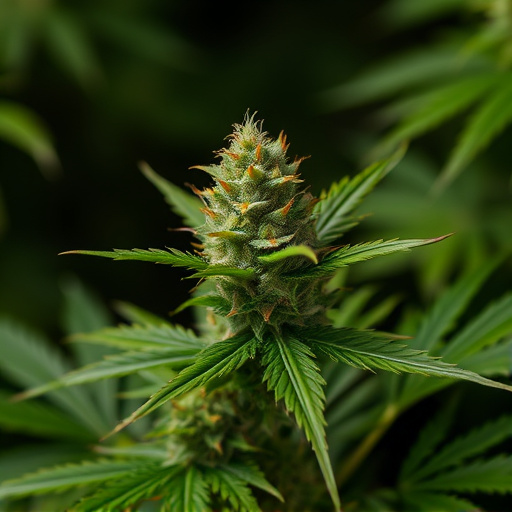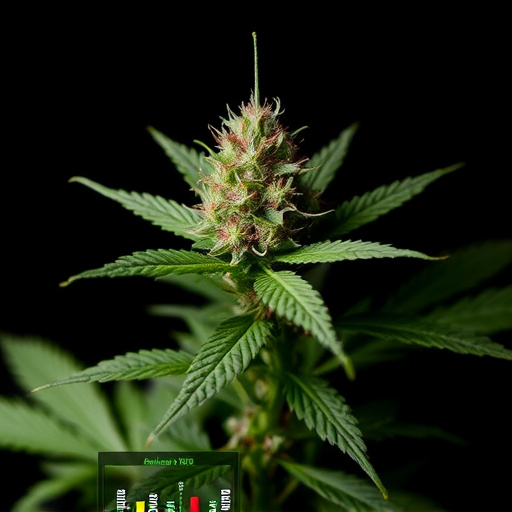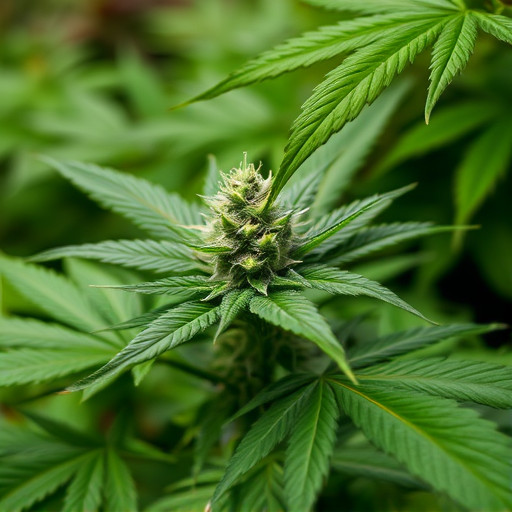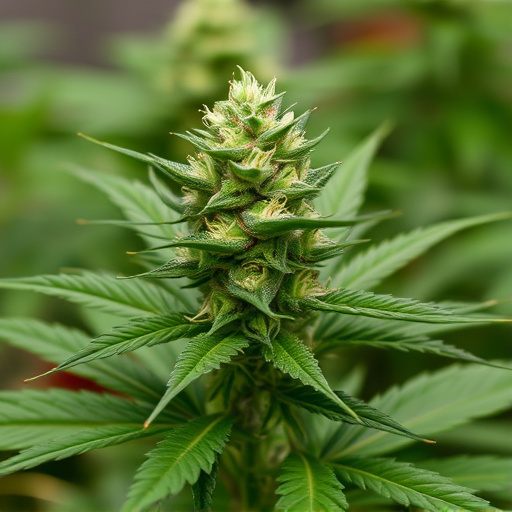Cannabis flowers contain THC and CBD, which interact with our bodies' endocannabinoid system to regulate mood, appetite, memory, and pain. Higher THC levels can induce euphoria but also anxiety or paranoia, while CBD-rich strains offer calming effects without intoxicating properties. Strain genetics, cultivation methods, and consumption methods influence perceived effects, enabling users to choose tailored strains for mental well-being. Terpenes, aromatic compounds, also interact with the endocannabinoid system, aiding stress relief and mood enhancement. The impact of cannabis on mood and stress varies based on individual biochemistry and strain composition. Indica strains, rich in CBD and low in THC, are sedating and helpful for stress reduction and sleep; Sativa strains, higher in THC, improve mood and combat fatigue but may exacerbate insomnia or anxiety; Hybrid strains offer a balance between these effects.
Cannabis flower’s impact on mood and stress goes beyond its recreational reputation. Its complex interplay involves understanding cannabis compounds like THC and CBD, as well as the influential role of terpenes. This article explores how these elements contribute to cannabis’ stress-relieving effects. We delve into individual variations in metabolism and receptivity, emphasizing the importance of personalized strain selection for optimal wellbeing. By considering both scientific insights and diverse human responses, we aim to provide a comprehensive guide to navigating the mood-enhancing potential of cannabis strains.
- Understanding Cannabis Compounds and Their Impact on Mood
- The Role of Terpenes in Cannabis' Stress-Relieving Effects
- Individual Variations and Personalizing Strain Selection for Optimal Wellbeing
Understanding Cannabis Compounds and Their Impact on Mood
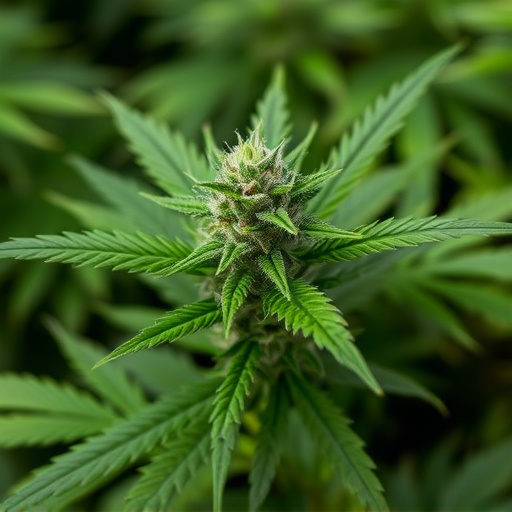
Cannabis flowers contain a complex mix of chemical compounds, with two primary ones being THC (tetrahydrocannabinol) and CBD (cannabidiol). These compounds interact with our bodies’ endocannabinoid system, which plays a significant role in regulating mood, appetite, memory, and pain perception. The effects of cannabis strains on mood can vary greatly depending on the ratio of these compounds. For instance, higher THC levels are often associated with euphoria and relaxation but may also lead to anxiety or paranoia in some individuals. In contrast, CBD-rich strains are known for their calming properties without the intoxicating effects of THC, making them popular among those seeking stress relief and improved mood without the high.
Understanding how different cannabis strains affect your body and mind is crucial when navigating their potential benefits for managing mood and stress. Factors like strain genetics, cultivation methods, and consumption methods (e.g., smoking, edibles, tinctures) can all influence the perceived effects. By choosing specific strains based on their known properties, users may better support their mental well-being and achieve a more balanced and positive state of mind.
The Role of Terpenes in Cannabis' Stress-Relieving Effects
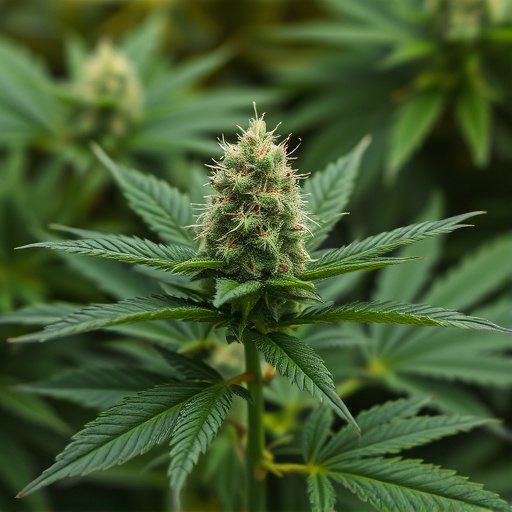
Terpenes, aromatic compounds found in cannabis flowers, play a significant role in its stress-relieving effects. These natural chemicals interact with our bodies’ endocannabinoid system and can modulate mood, reduce anxiety, and alleviate stress symptoms. Different cannabis strains vary in terpene profiles, leading to diverse experiences and effects. For instance, myrcene, a common terpene, is known for its sedative properties, making it beneficial for relaxing and reducing stress levels. Limonene, with its citrusy scent, can uplift mood and provide a sense of calm.
The combination of terpenes and cannabinoids in cannabis flowers creates a complex interaction that contributes to the overall therapeutic effects on mood and stress. Understanding these chemical components helps users make informed choices when selecting cannabis strains for their specific needs, ensuring a more personalized and effective experience.
Individual Variations and Personalizing Strain Selection for Optimal Wellbeing

The effects of cannabis flower on mood and stress can vary greatly from person to person, largely depending on individual biochemistry and strain composition. While some individuals may find that cannabis helps alleviate anxiety and promotes relaxation, others might experience heightened alertness or even mild paranoia, especially with certain strains known for their higher THC content.
Personalizing strain selection is key to optimal wellbeing. Exploring different cannabis strains effects can help users identify the ideal variety for their specific needs. Indica strains, typically high in CBD and low in THC, are often preferred for their sedating properties that can aid in stress reduction and sleep improvement. Sativa strains, with their higher THC content and more energizing effects, may be better suited for lifting mood and combating fatigue, though they might not be as effective for insomnia or anxiety. Hybrid strains offer a balance between indica and sativa effects, catering to users seeking both relaxation and mental stimulation.
Cannabis flower’s impact on mood and stress is a multifaceted topic, with compounds like THC and CBD playing key roles. Terpenes further enhance these effects, offering personalized relief based on individual preferences. Understanding these components and their interplay is crucial when selecting cannabis strains for optimal wellbeing. By considering both the scientific insights and personal variations, folks can harness the positive effects of cannabis to navigate stress and promote a balanced mindset in today’s world.

